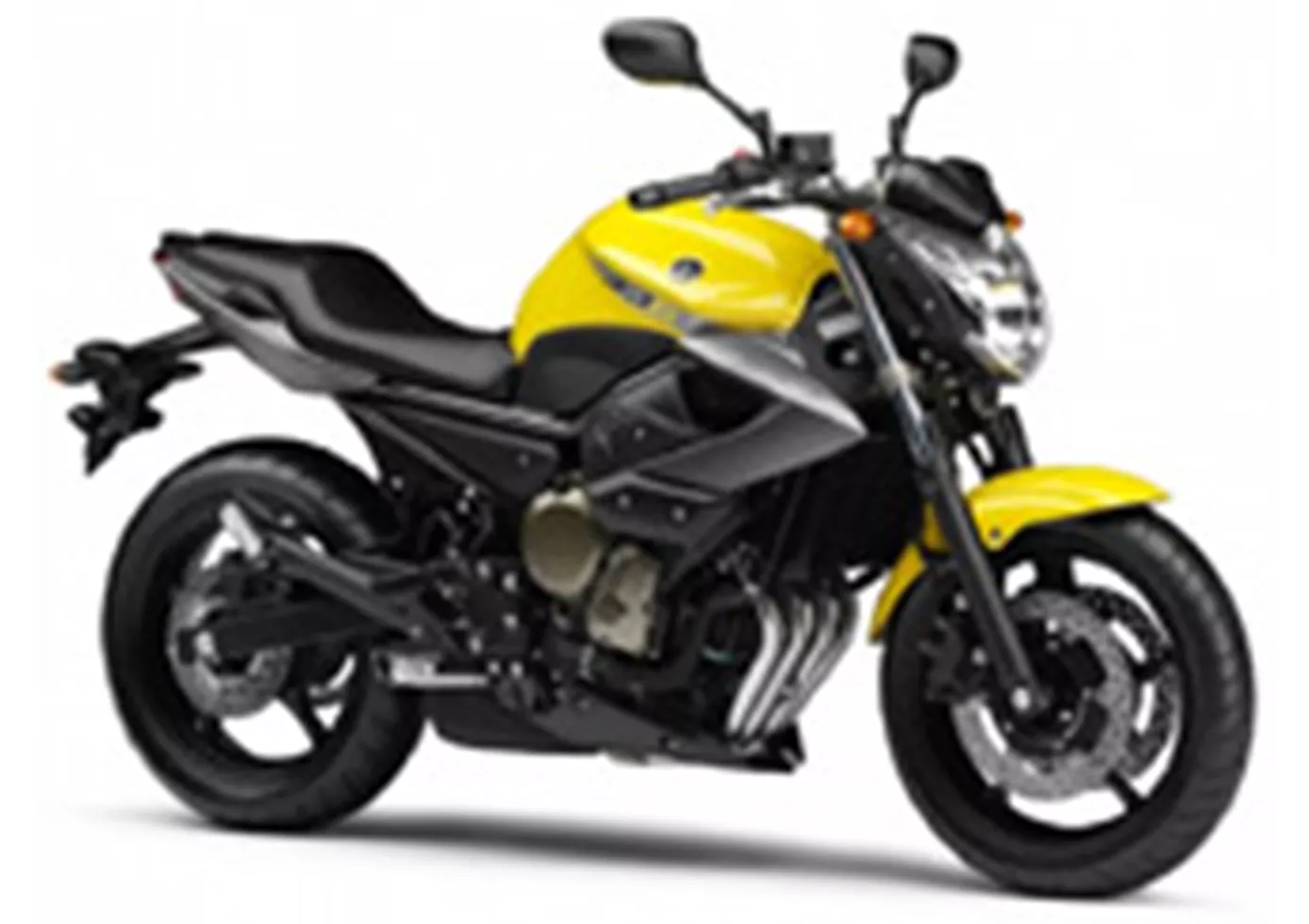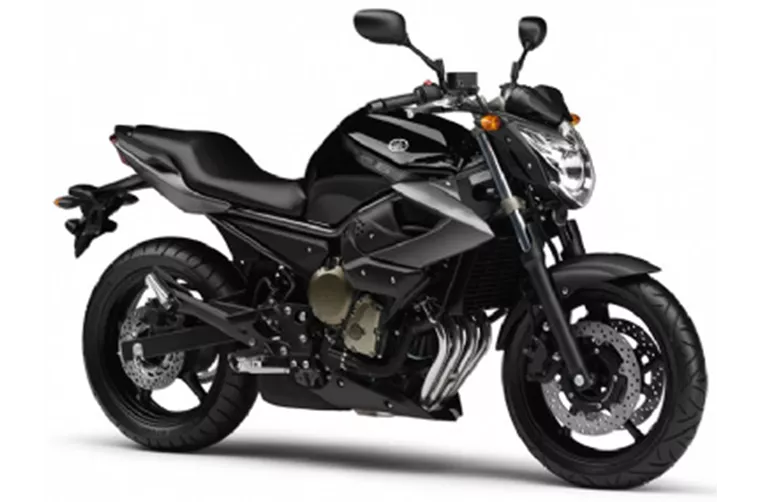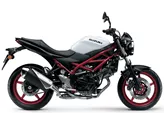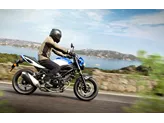Yamaha XJ6 2009 vs. Suzuki SV 650 2017

Yamaha XJ6 2009

Suzuki SV 650 2017
Visão geral - Yamaha XJ6 2009 vs Suzuki SV 650 2017
The Yamaha XJ6 2009 and the Suzuki SV 650 2017 are both naked bikes that offer a thrilling riding experience.
In terms of power, the Yamaha XJ6 2009 comes with a 78 HP engine, while the Suzuki SV 650 2017 has a slightly lower power output of 76 HP. However, the Yamaha XJ6 2009 has a higher torque of 59.7 Nm compared to the Suzuki SV 650 2017's torque of 64 Nm. Both bikes have liquid-cooled engines and feature 4 and 2 cylinders respectively.
When it comes to suspension, both bikes are equipped with telescopic forks at the front, providing a smooth and comfortable ride. The chassis of both bikes is made of steel, ensuring durability and stability. However, the Yamaha XJ6 2009 has a double cradle frame, while the Suzuki SV 650 2017 features a tubular frame.
In terms of braking, both bikes have dual disc brakes at the front, providing excellent stopping power. However, the Suzuki SV 650 2017 has been criticized for having slightly weaker brakes compared to the Yamaha XJ6 2009.

Yamaha XJ6 2009
In terms of dimensions, both bikes have a 17-inch front and rear tire diameter, providing good stability and grip. The Yamaha XJ6 2009 has a slightly shorter wheelbase of 1440 mm compared to the Suzuki SV 650 2017's wheelbase of 1445 mm. Both bikes have a seat height of 785 mm, offering a comfortable riding position for most riders.
When it comes to fuel capacity, the Yamaha XJ6 2009 has a larger fuel tank with a capacity of 17.3 liters, allowing for longer rides without frequent refueling. On the other hand, the Suzuki SV 650 2017 has a smaller fuel tank with a capacity of 13.8 liters.
In terms of strengths, the Yamaha XJ6 2009 offers favorable performance characteristics for the rider, with an optimal clutch and a playful and light handling. It also has a comfortable seat and a young, aggressive appearance. The bike is known for its high quality.

Suzuki SV 650 2017
The Suzuki SV 650 2017, on the other hand, is praised for its smooth engine and playful handling. It also features an excellent chassis, providing a stable and enjoyable riding experience.
In terms of weaknesses, the Yamaha XJ6 2009 is criticized for having components that are not too demanding in terms of design. It is also said to have a torque development issue.
The Suzuki SV 650 2017, on the other hand, is criticized for having slightly weaker brakes compared to its competitors.
Overall, both the Yamaha XJ6 2009 and the Suzuki SV 650 2017 are great naked bikes that offer a thrilling riding experience. The Yamaha XJ6 2009 excels in terms of performance characteristics and comfort, while the Suzuki SV 650 2017 stands out for its smooth engine and excellent chassis.
Especificações técnicas Yamaha XJ6 2009 em comparação com Suzuki SV 650 2017
Prós e contras em comparação
Prós e contras em comparação
Yamaha XJ6 2009

Apesar da base comum, a XJ parece muito mais jovem e agressiva. Uma mota de classe média que de forma alguma nos faz sentir de gama média. Exceptuando o braço oscilante, a moto parece ser de alta qualidade e muito fixe. A moto é um pouco mais fácil de manusear do que a Diversion.
Suzuki SV 650 2017

A Suzuki SV 650 é acompanhada por uma longa história de sucesso que certamente continuará por muito tempo. O seu V2 flexível impressiona com uma resposta muito suave e muito binário. As dimensões compactas ajudam a fazer com que a mota pareça muito compacta. Isto será muito conveniente para os principiantes. O chassi também pontua com um manuseio lúdico. Infelizmente, o efeito de travagem não está ao nível do que seria de esperar de um veículo tão potente.
Comparação de preços Preço médio de mercado Yamaha XJ6 vs Suzuki SV 650
There are a few key differences between a Yamaha XJ6 2009 and a Suzuki SV 650 2017. In terms of price, the actual average price of a Suzuki SV 650 2017 is about 40% higher. There are the same number of bikes of both models available on the 1000PS.de marketplace, specifically 6. It takes less time to sell a Yamaha XJ6 with 31 days compared to 112 days for a Suzuki SV 650. Since model year 2009 1000PS.de editors have written 4 reviews for the Yamaha XJ6 and 25 reviews for the Suzuki SV 650 since model year 2005. The first review for the Yamaha XJ6 was published on 13/11/2008 and now has more than 21.900 views. This compares to more than 14.200 views for the first review on Suzuki SV 650 published on 26/09/2008.






















